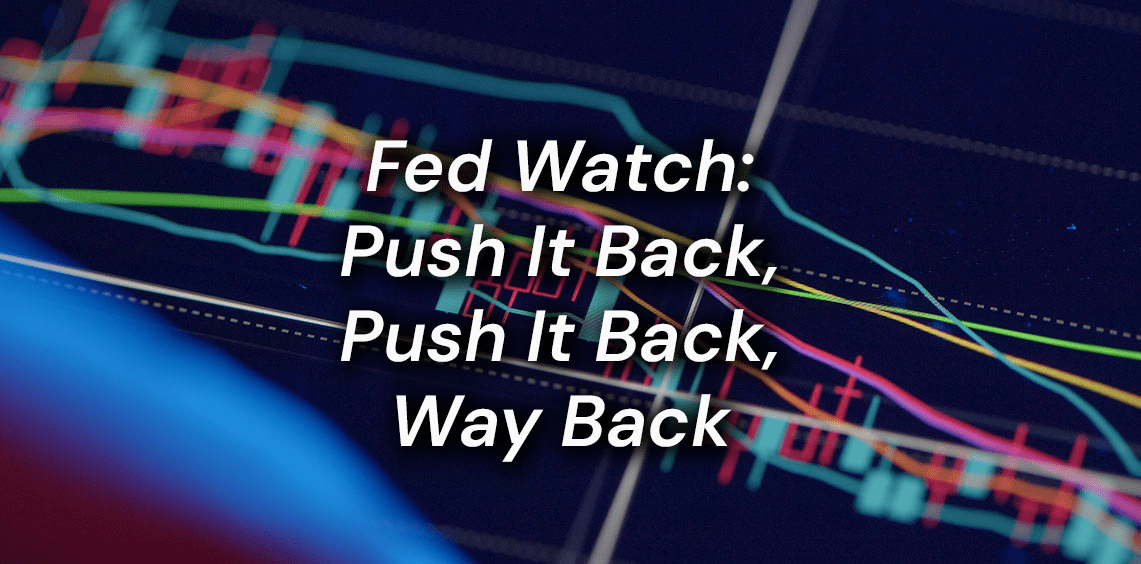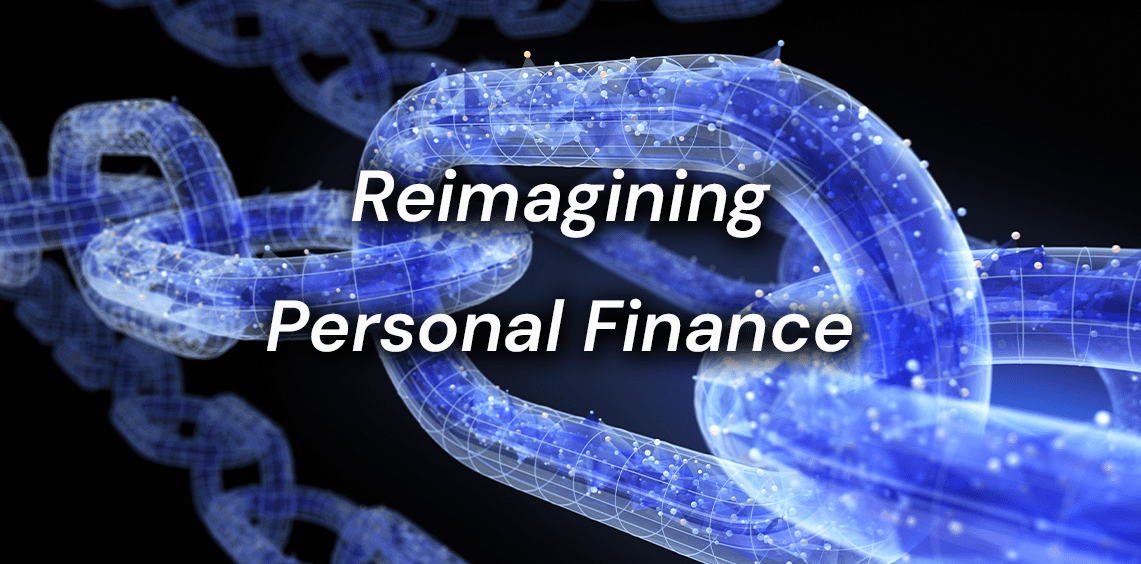Digital assets have had a strong early 2023
Digital asset prices, led by Bitcoin, have had a strong 2023 so far. Bitcoin is up by over 70% this year and Ether is up by over 50%1. Together, these two assets still account for over 63% of the total market cap of the digital assets space. While the US Federal Reserve (Fed) is still raising interest rates, the market seems to expect that the recent bank failures (Silvergate Bank, Signature Bank, Silicon Valley Bank, Credit Suisse) will lead to central bank easing. Lower interest rates would benefit long-maturity assets, such as digital assets. Moreover, several traders have been caught off-guard and short-sellers expecting more downside in digital assets have had to liquidate positions leading to higher prices.
We believe we could be on the cusp of the fourth major bull market in crypto, although the exact timing is uncertain. Our belief is that the next bull market will be enabled by advancements in speed and scalability of the blockchain networks, more intuitive user interfaces, and innovations in blockchain wallets, as well as developments in digital identity, which will pave the way for Web3 applications. The critical determinant, of course, will be the user applications that will take the market by storm and we will keep monitoring potential candidates on a continuous basis.
Despite dismal price action last year, digital assets are supported by a healthy and vibrant software developer community. The number of monthly active developers actually rose last year by 5%2, which is significant, and confirms our view that developers remain actively engaged in their respective blockchain ecosystems.
Layer 2 networks finally coming into their own, promising to solve the scalability issue
The main impediment of current Bitcoin and Ethereum networks has been their inability to handle a large volume of transactions. It is estimated that, without a layer 2 solution, Bitcoin can only handle approximately 7-10 transactions per second while Ethereum can only handle approximately 15-30 transactions per second. While it is on Ethereum’s road map to be able to ultimately handle 50,000-100,000 transactions per second, this is not a reality at the moment. As a contrast, Visa is said to handle at least 1,700 transactions per second although there are some estimates that Visa could handle up to 24,000 transactions per second and Visa itself is claiming this number to be as high as 65,000 transactions per second3.
One way to solve the scalability issue of blockchains is to use a layer 2 network, which is built on top of a layer 1 blockchain. Layer 2 networks move transactions off-chain, roll them up and bundle multiple transactions into a single transaction, which can then be secured on the layer 1 blockchain benefiting from underlying blockchain’s security and robustness. This bundling enables faster throughput, faster settlement, and lower prices. For Bitcoin, the most well-known layer 2 solution is the Lightning Network, while for Ethereum there are several options available, including optimistic rollups, zero-knowledge rollups (ZK rollups) and sidechains. It is also worth mentioning that the Ethereum network is expected to go through so called ‘sharding’ later this year, which is expected to split the network into separate ‘shards’ thereby increasing the capacity of the network and reducing the transaction (gas) fees in the process.
Digital USD tokens emerging as a major use case
Stablecoins, digital tokens issued on public blockchains and pegged to an underlying asset, such as a currency or a physical asset, were initially used in trading and interexchange settlement but have become increasingly popular in payments and remittances. Because stablecoins are global and accessible to anyone, they offer an attractive way to cheaply and securely transmit money around the world 24/7 and settle transactions (almost) instantaneously. The world’s largest stablecoin, Tether’s USDT, is particularly popular in Asia, while in the West Circle’s USDC is widely used. Stablecoins are designed to offer stability while an asset like Bitcoin is more volatile.
To give an idea of the magnitude of transaction volumes, last year, Visa settled $12 trillion worth of payments, mainly related to consumer spending, while stablecoins settled $8 trillion worth of on-chain transactions, higher than the $2.2 trillion settled by Mastercard or $1 trillion settled by American Express4. This year, it is possible that the combined amount of stablecoin transactions exceeds the payments settled by Visa. These stablecoin transaction volumes, of course, are not related to consumer spending but rather to payments, trading and decentralised finance, and do not take into account trading volumes on centralised exchanges.
Competition for instant payments heating up
The market for instant settlement of payments seems to be in flux at the moment. Crypto regulation in both Europe and the US are focusing on stablecoins and are expected to set stringent reserve requirements for stablecoin issuers and also forbid interest being paid to stablecoin holders. We view transparency requirements into reserve assets of stablecoin issuers important but also believe that attention should be paid into issuers’ risk management, cybersecurity, and blockchain code testing quality.
In the US, the Federal Reserve is planning to launch an instant payment system called FedNow in July 2023. The network will not be based on blockchain but will be able to settle payments in seconds and can support transactions between consumers, merchants, and banks. Some believe that the closure of Silvergate’s SEN network and Signature Bank’s SigNet network in mid-March 2023, both offering instant settlement service where clients were able to move assets between fiat currencies and crypto exchanges at any time, could have had something to do with the launch of FedNow. Around the world, central bank digital currencies (CBDCs) are also being actively developed. They offer a digital form of a government-issued currency that is not pegged to any physical commodity and these digital currencies will continue to be based on the fractional reserve banking system.
In Europe, the European Commission adopted a legislative proposal in late October 2022 that mandates all banks to offer instant euro payments to any individual with a bank account in the eurozone. At the moment, the EU banking sector, on average, lags behind other major international markets in instant payments, although single-country solutions have been adopted and variations between countries are large. In some European countries, instant payments cover 70% of banks but, in others, only 1% of payments are settled instantly. The European banking sector has stated that they need up to two years to make banks instant-payment ready5.
Europe has its own version of an instant settlement network. BCB Group, regulated in the UK and Switzerland, offers BLINC network that links crypto companies to the banking system and enables business accounts to trade in fiat and digital assets 24/7. The company already offers fiat-to-crypto rails in sterling, euros, Swiss francs, and yen in Europe and plans to add USD fiat-to-crypto rails by early Q2 2023. BCB’s goal is to plug the gaps left by the SEN network. Unlike SEN, BLINC is multicurrency-based and is not tied to any single credit institution. It was designed as a payment institution to provide on-ramps to banks in Europe, the UK and Switzerland. The company emphasises that its funds are always 1:1 backed and are unleveraged and un-rehyphothecated6.
Sources
1 Source: Coingecko.com
2 Source: Electric Capital, 2022 Developer Report
3 Source: Visa Fact Sheet, 2022
4 Source: CoinMetrics
5 Source: Euromoney
6 Source: BCB Group, Coindesk
Mirva Anttila is an employee of WisdomTree UK Limited, a European subsidiary of WisdomTree Asset Management Inc.’s parent company, WisdomTree Investments, Inc
This material contains the opinions of the author as of the date shown above, which are subject to change and do not represent the views of WisdomTree or any of its affiliates unless expressly stated otherwise. The material represents an assessment of the market environment at a specific time and is not intended to be a forecast of future events or a guarantee of future results. No warranty of accuracy or reliability is given and no responsibility arising in any way for errors or omissions is accepted by WisdomTree or its affiliates. There is also no guarantee that any strategies discussed will work under all market conditions. The material is intended for informational purposes only and does not constitute investment advice, investment recommendations or an offer or solicitation to purchase or sell any products or services, including digital assets or securities. The user of this material assumes the entire risk of any use made of or reliance upon the information provided herein. Neither WisdomTree or its affiliates provide tax or legal advice. No part of this material may be reproduced in any form or referred to in any other publication, without express written permission.







